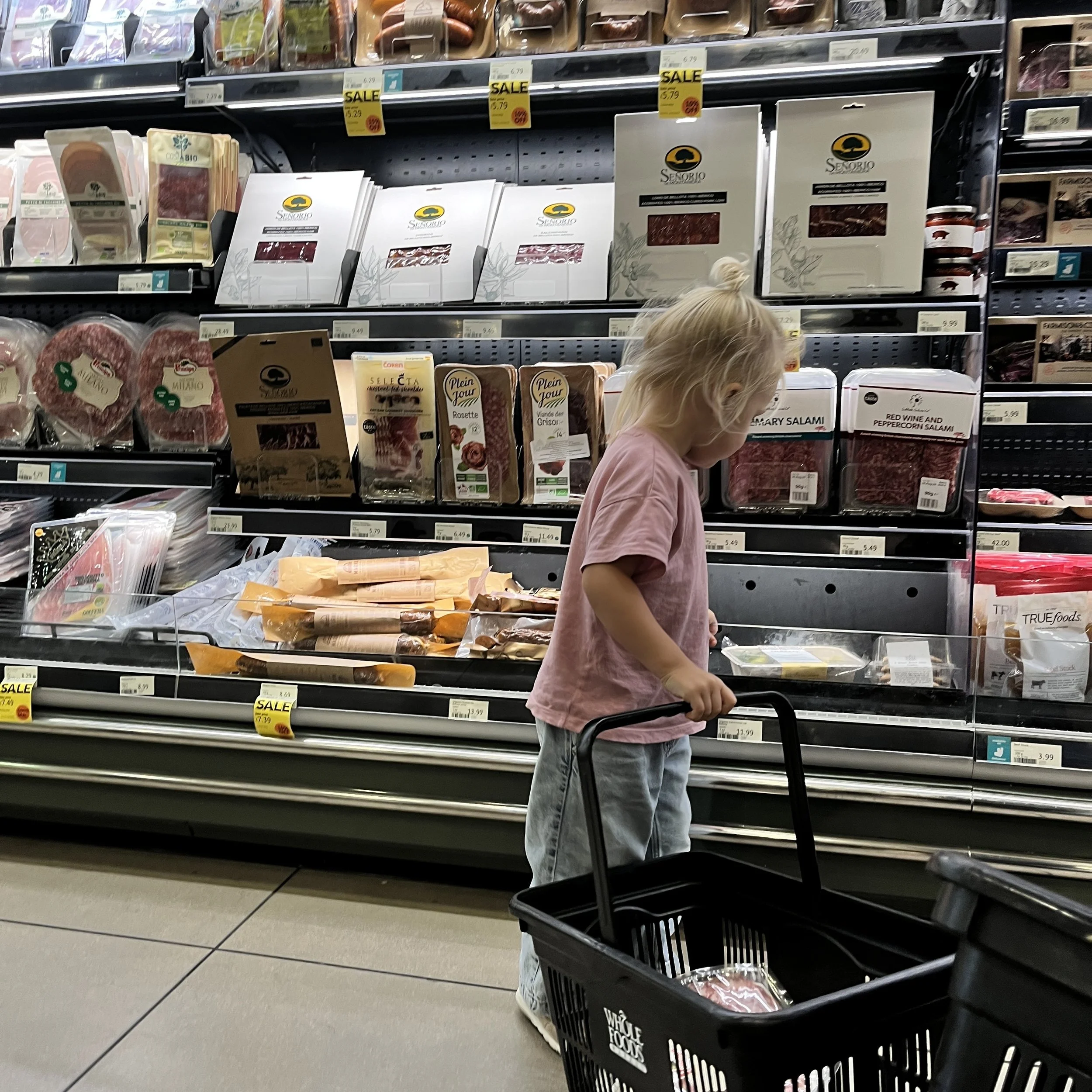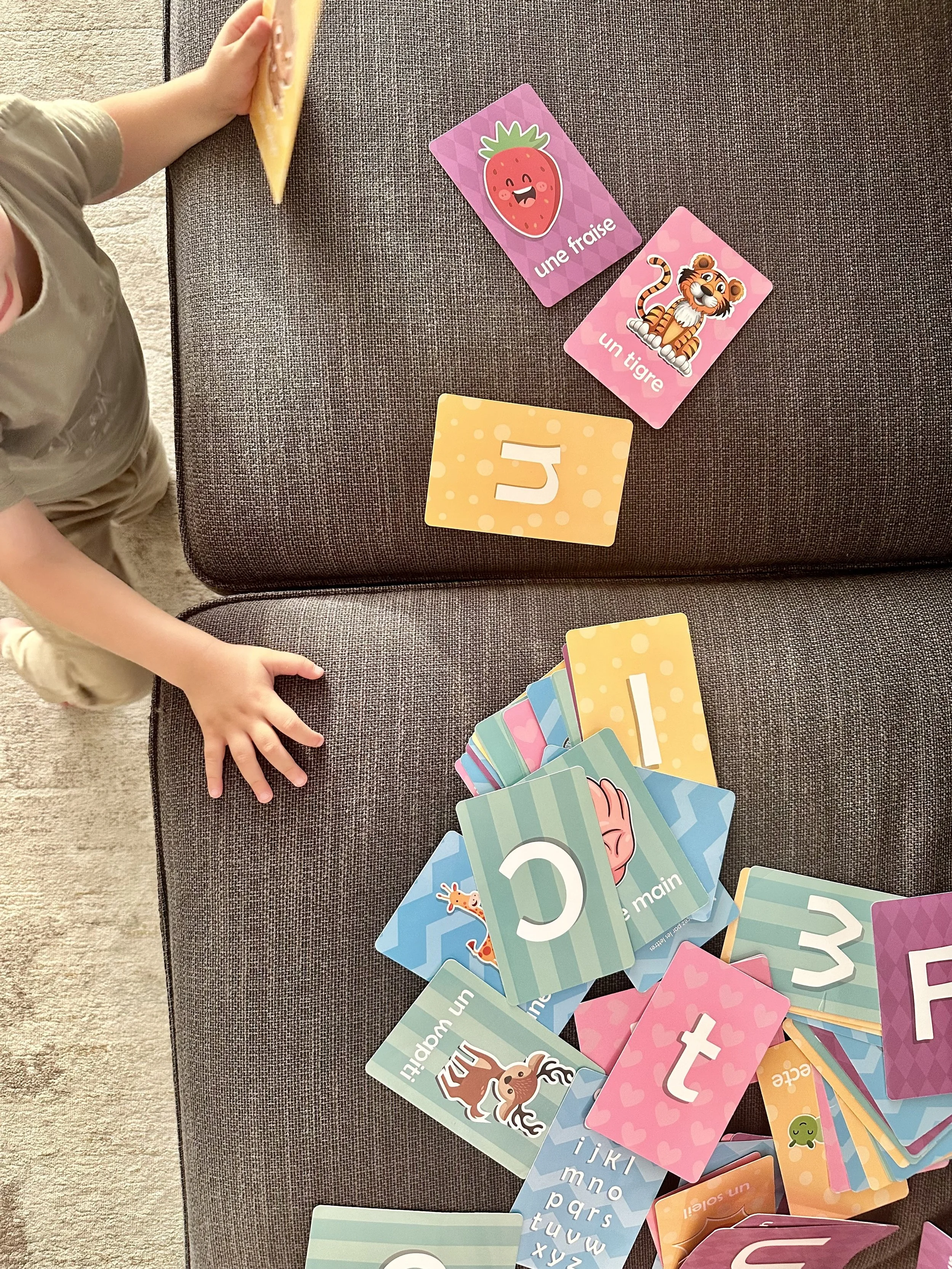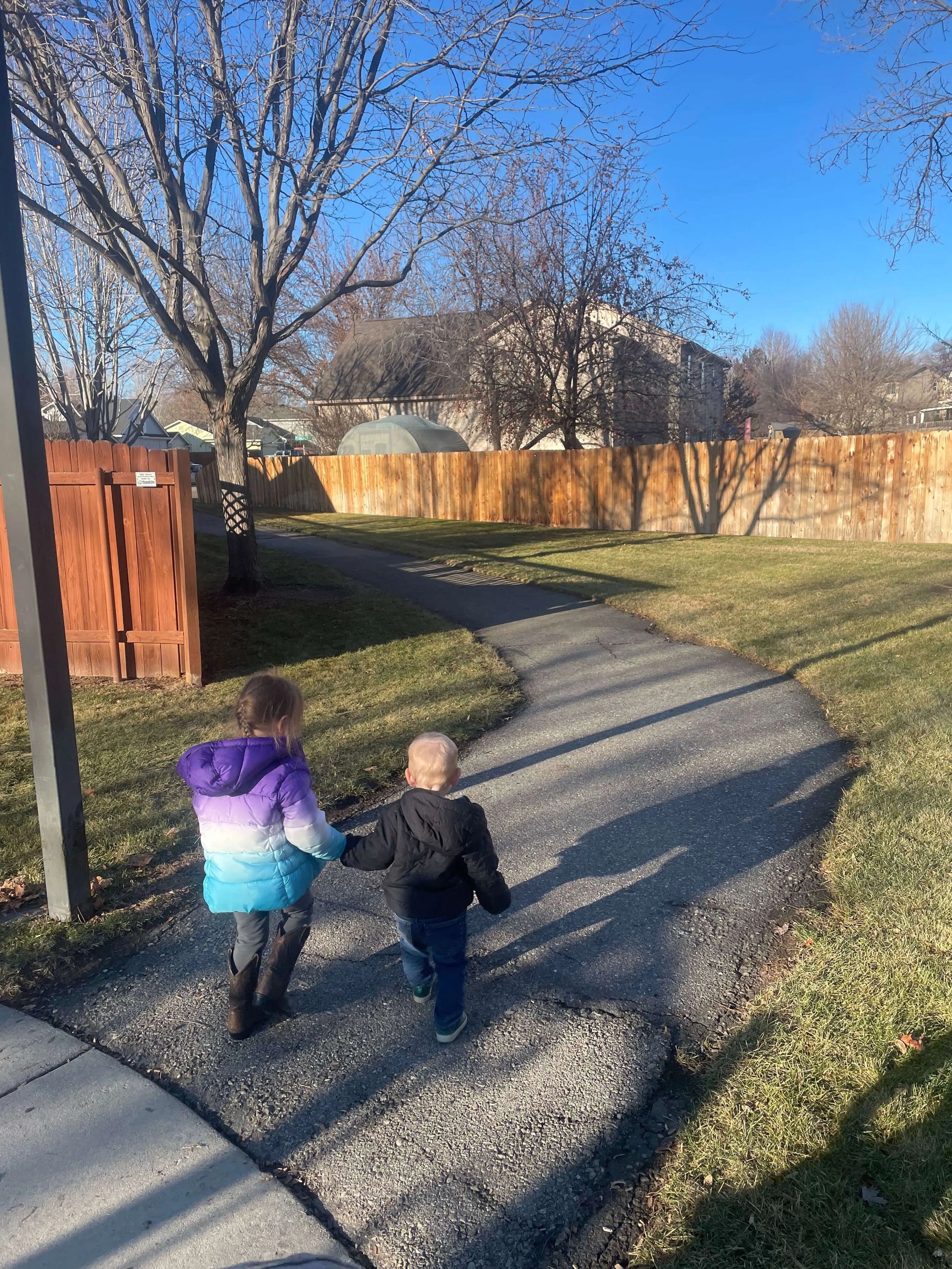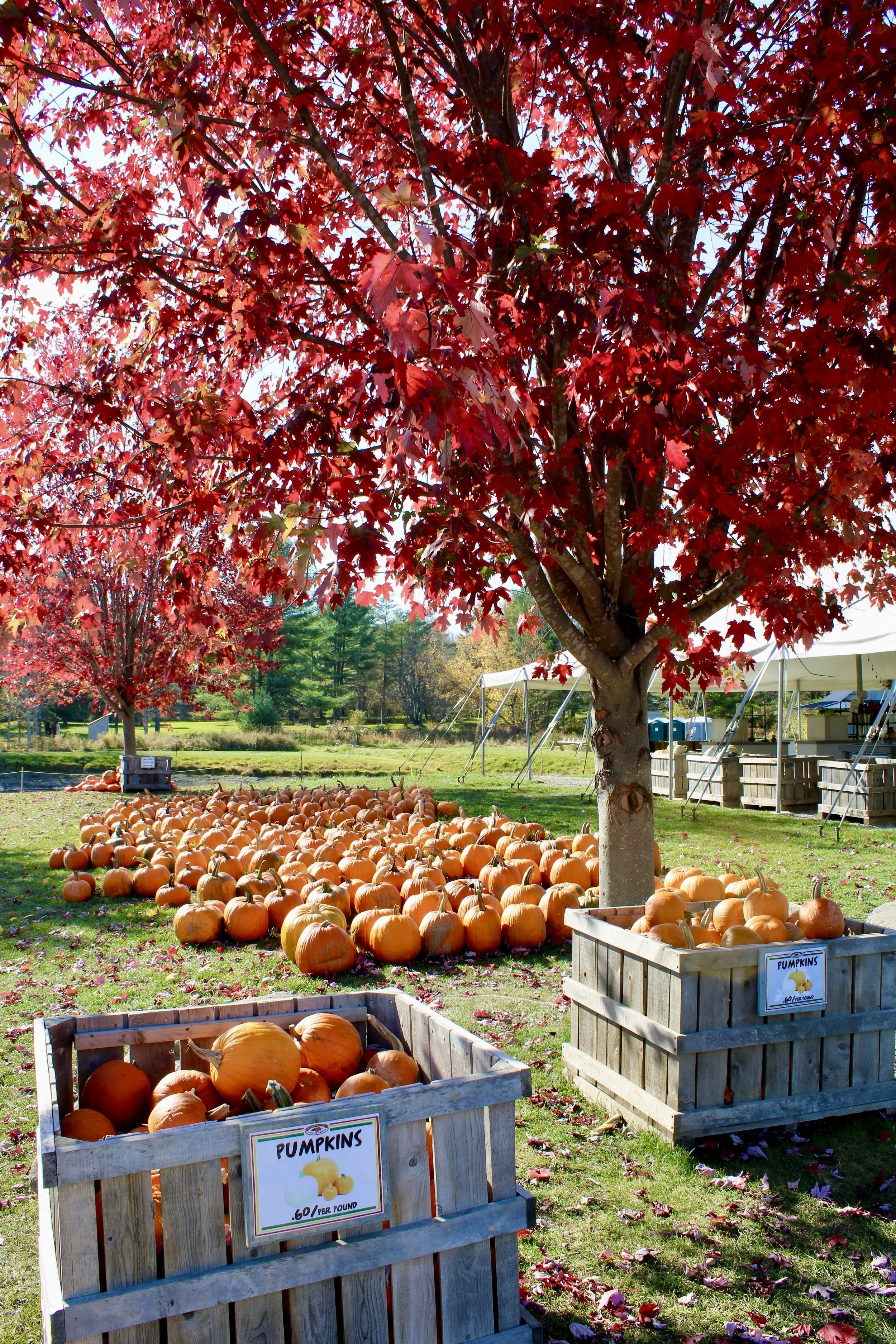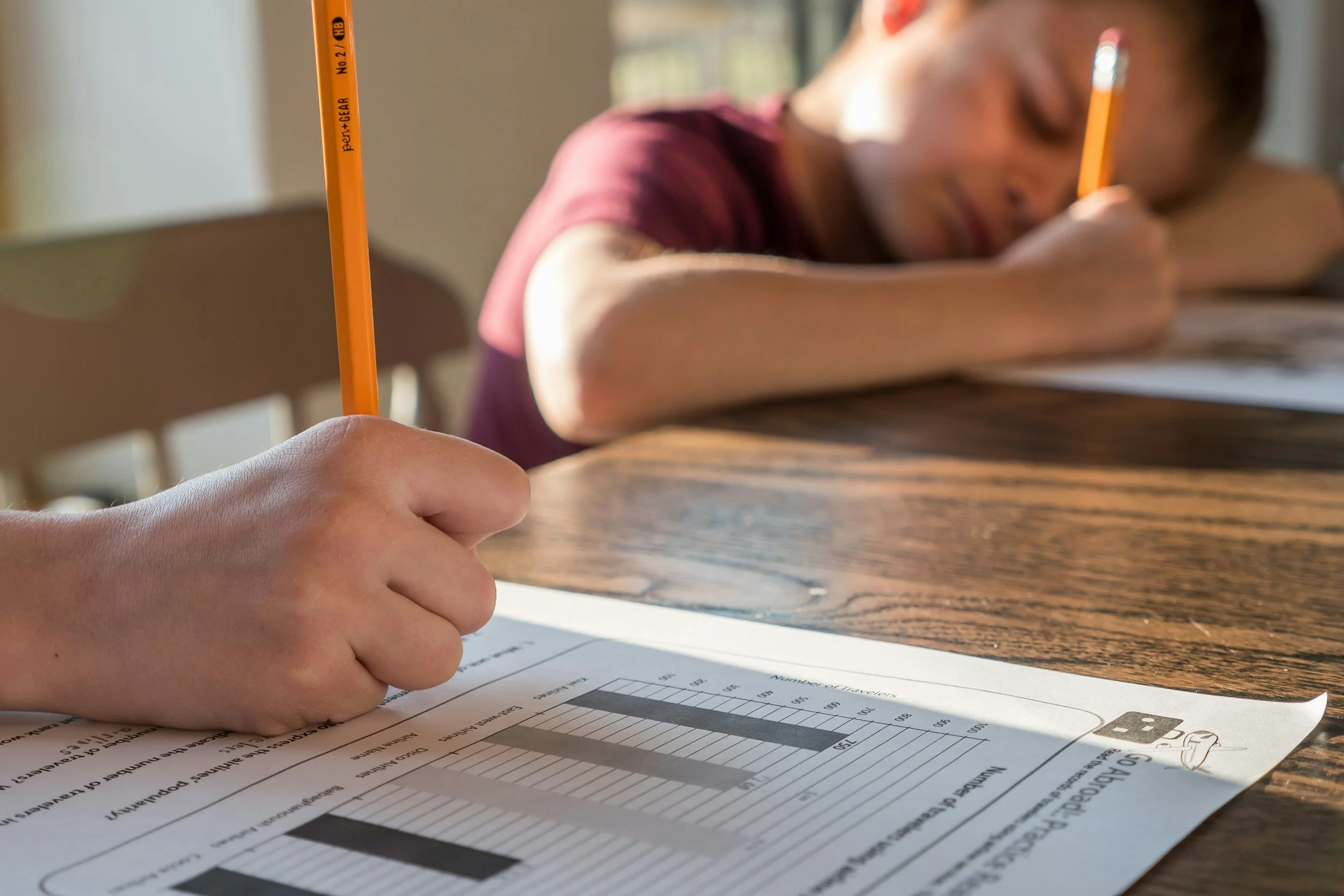The Best Self-Control Books for Kids: Teaching Patience, Choices, and Emotional Regulation
If you’re a parent, teacher, or homeschooler, you’ve probably experienced those moments when a child just can’t quite hold it together. As a mom of two young kids, I feel like its nearly a daily occurrence 😅 Whether it’s a young child throwing a tantrum at the store, an older kid struggling with peer pressure, or even a preschooler who just can’t wait their turn in a game. Self-control is one of the most important skills our children can develop—yet it doesn’t come easily.
Thankfully, there are wonderful children’s books that teach self-control in ways that are fun, engaging, and highly relatable for young readers. In this blog post, I’ll walk you through some of the best self-control books for kids. These books are filled with relatable scenarios, imaginative stories, and practical tools to help kids develop emotional regulation, patience, and impulse control in everyday situations. Plus, I love bringing up these subjects in a fun way that fosters connection rather than in the moment when self-control is needed, if you know what I mean!!
You may also like our post that discusses the best open-ended questions for toddlers!
Why Self-Control Matters for Kids
It is important to me that my kids learn self-control and emotional regulation. Not only will this help them in interpersonal relationships, but it will also help give them tools to navigate their big emotions
Self-control is about more than “being good” or following rules. It’s about teaching children to:
Pause before reacting (take a deep breath, choose a quiet place, practice mindful moments).
Make thoughtful decisions rather than giving in to impulsive behavior.
Handle big emotions in healthy ways.
Strengthen executive function skills—the brain’s ability to manage emotions, plan ahead, and practice patience.
Books are a great way to introduce these concepts because stories create relatable examples. A young girl struggling with impatience, a young boy navigating peer pressure, or even Cookie Monster learning to wait for cookies—these main characters make big lessons feel accessible.
Did you know that naming your childs emotions can be really helpful? Find out why in this artilcle on Little Big Feelings.
1. It’s Hard to Be a Verb! by Julia Cook
Julia Cook is a household name when it comes to teaching children social skills and emotional regulation. It’s Hard to Be a Verb! is a perfect book for kids who can’t sit still, have trouble focusing, or struggle with impulsive behavior.
Why it works: The main character, Danny (a favorite in Julia Cook’s books), shows what it feels like to have a hard time sitting still. Through witty techniques and practical advice from his mom and teacher, Danny learns different strategies for managing his energy.
Great tool for: Young children who need concrete self-control strategies in a school setting or homeschool environment.
Companion lesson idea: Try a “6-inch voice” activity after reading to show the difference between loud and quiet moments.
This book is not just fun—it’s an excellent resource for teaching self-regulation skills in everyday situations.
2. What Were You Thinking? Learning to Control Your Impulses by Bryan Smith
This kids’ guide to impulse control is written in a straightforward way that connects with 2nd–4th graders.
Relatable scenario: Braden, the main character, blurts out answers in class, interrupts, and makes impulsive decisions that don’t always end well.
Valuable lesson: With encouragement from Clark’s teacher, Braden learns practical tools to pause, reflect, and make good choices.
Why it’s a great resource: It gives older children examples of what impulsive behavior looks like—and shows lots of ways to handle it differently.
This one makes for great discussions in a small group setting, whether at home or in a classroom.
3. Waiting Is Not Easy! by Mo Willems
Sometimes the simplest stories hold the deepest value of patience. In this Elephant and Piggie favorite, Gerald (the elephant) has a very hard time waiting for a surprise Piggie has planned.
Why it’s perfect: The relatable characters make the struggle with waiting funny and endearing.
Valuable tool: A wonderful introduction for young children to the value of patience, even when it feels like a big deal.
Teaching tip: Pair it with the classic marshmallow test for a hands-on way to explore waiting.
This is one of my favorite books to use as a first step in helping kids understand patience in everyday life.
4. Don’t Be Afraid to Drop! (Danny Do Series by Julia Cook)
Danny Do is another main character kids instantly connect with. In this imaginative story, Danny learns about making thoughtful decisions instead of acting impulsively.
Relatable examples: Danny faces different situations where self-control strategies help him succeed.
Healthy ways to cope: Teaches kids to use positive self-talk and mindful breathing when emotions run high.
Practical tools: Parents and teachers will appreciate the back of the book, which often includes companion lessons and practical advice.
5. A Little SPOT of Patience by Diane Alber
Diane Alber’s “Little SPOT” series is filled with emotional intelligence lessons for young readers. A Little SPOT of Patience focuses specifically on slowing down and making thoughtful choices.
Relatable characters: The little spots are a great way to visualize big emotions and self-regulation skills.
Why it’s helpful: This is a wonderful introduction to the importance of kindness, patience, and emotional control.
Teaching tip: Use it in a school setting or homeschool small group to spark great discussions about quiet moments and difficult feelings.
6. What Should Danny Do? by Ganit Levy and Adir Levy
This interactive children’s book is one of the most popular when it comes to self-control strategies.
Unique feature: It’s a “choose your own adventure” style book where the young boy, Danny, faces everyday situations and must decide between good choices and impulsive behavior.
Why kids love it: Kids get to see the outcomes of their decisions play out in different ways—almost like a video game or electronic game, but in book form.
Valuable tool: It reinforces that self-control is about making thoughtful decisions, even in little things.
This book is an excellent tool for teaching children that good things come from self-regulation and that impulsive behavior often leads to hard times.
7. Clark the Shark by Bruce Hale
Clark is a young boy shark (in fish form!) who has a hard time controlling his excitement. His teacher helps him practice self-regulation skills with a witty technique—“stay cool, Clark.”
Great resource for: Younger children in preschool and kindergarten who need practical tools for impulse control.
Relatable scenario: Clark’s big emotions and aggressive behavior in social settings mirror what many kids face.
Favorite way to teach: Practice “mindful breathing” with kids after reading to create calm-down time.
8. How to Take the Grrrr Out of Anger by Elizabeth Verdick and Marjorie Lisovskis
This kids’ guide is geared toward older children who may struggle with big emotions.
Excellent resource: Full of practical tools, positive self-talk strategies, and healthy ways to handle difficult feelings.
Why it’s valuable: It offers real-life, everyday situations—like dealing with peer pressure or a video game frustration—that kids face.
For parents and teachers: This is a great book to have on hand when kids are having bad days or struggling with emotional control.
9. The Way I Act by Steve Metzger
This book uses relatable examples and relatable characters to show that kids have lots of ways to respond to everyday situations.
Value of patience and kindness: Each page highlights an important skill, from making good choices to practicing the importance of kindness.
Great discussions: Works well in small group or classroom settings as a companion lesson.
Perfect book: A gentle introduction to emotional intelligence for young children.
10. Angry Octopus by Lori Lite
This imaginative story combines mindful breathing and progressive muscle relaxation in a fun, kid-friendly way.
Why it’s excellent: Teaches emotional regulation in a different way—through the human body and relaxation techniques.
Great tool for: Bedtime reading, quiet place routines, or calm-down time after big emotions.
Relatable scenario: The octopus feels angry about little things but learns healthy ways to calm down.
Bonus Mentions: More Excellent Self-Control Books
Mindful Moments for Kids by Lauren Brukner – excellent tool for quiet moments and mindfulness.
How Do Dinosaurs Say I’m Mad? by Jane Yolen – wonderful introduction for younger children learning emotional control.
Little Chicken’s Big Day by Katie Davis – playful, simple book for toddlers learning patience and following directions.
David Gets in Trouble by David Parker – classic children’s book about making good choices and learning from mistakes.
Tips for Using Self-Control Books in Your Homeschool
Reading is only the first step. Here are my favorite ways to use these self-control books in a homeschool or small group setting:
Pause for discussion: Ask your child how the main character felt and what they could do in the same situation.
Role play different situations: Have kids act out both impulsive behavior and thoughtful decisions.
Practice mindful breathing: Encourage taking a deep breath or finding a quiet place when big emotions rise.
Connect to real life: Talk about everyday situations—like waiting for a snack, losing a traditional game, or dealing with electronic games—that test patience.
Encourage positive self-talk: Model phrases like “I can handle this” or “It’s not a big deal.”
I also find that getting outside helps my daughter feel more regulated and connected — these Charlotte Mason inspired nature walks may be helpful too!
Final Thoughts
Self-control is one of the most important skills kids can learn, and books are an excellent tool for making it relatable, fun, and memorable. Whether you’re working with a young girl who struggles with patience, a young boy learning to manage big emotions, or older kids navigating peer pressure, these children’s books provide valuable lessons and practical advice.
From Julia Cook’s Danny Do series to Diane Alber’s Little Spots, there are lots of ways to help kids develop emotional intelligence and self-regulation skills. My favorite books on this list are ones that give children relatable characters, imaginative stories, and excellent resources they can carry into everyday situations.
The best part? Reading together becomes a great way to bond, spark great discussions, and equip our kids with the emotional control they need for a lifetime of good things.






